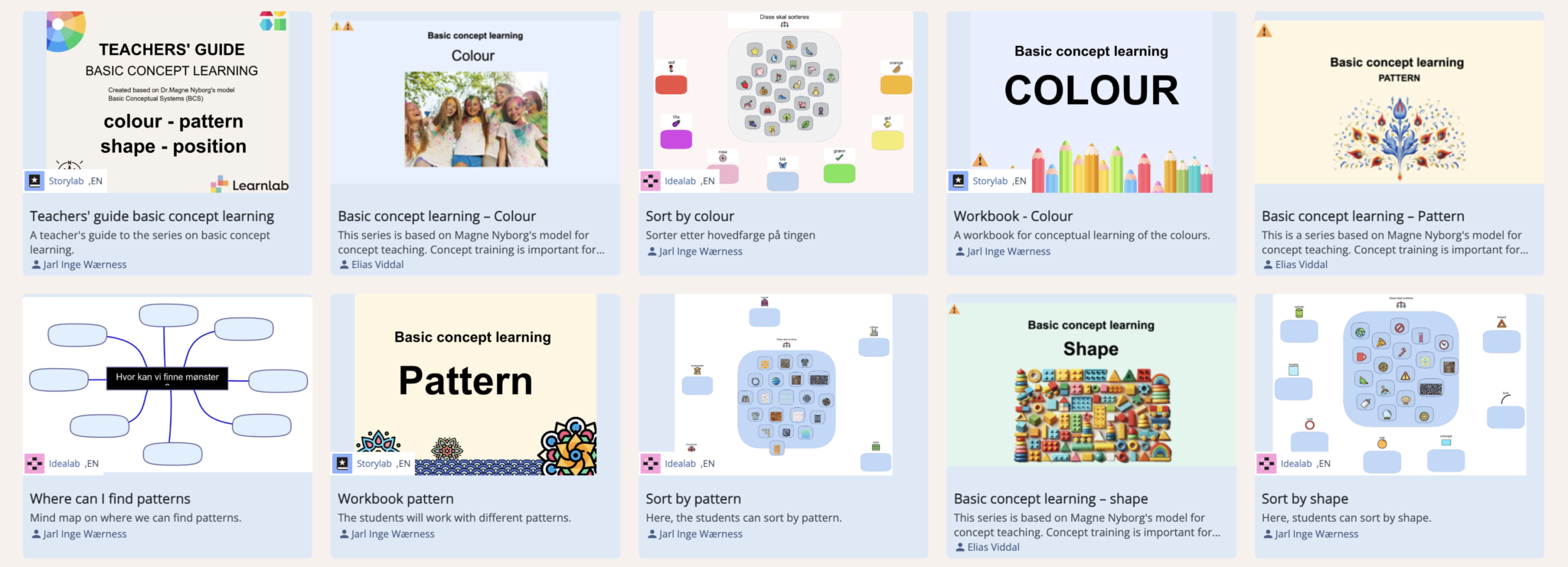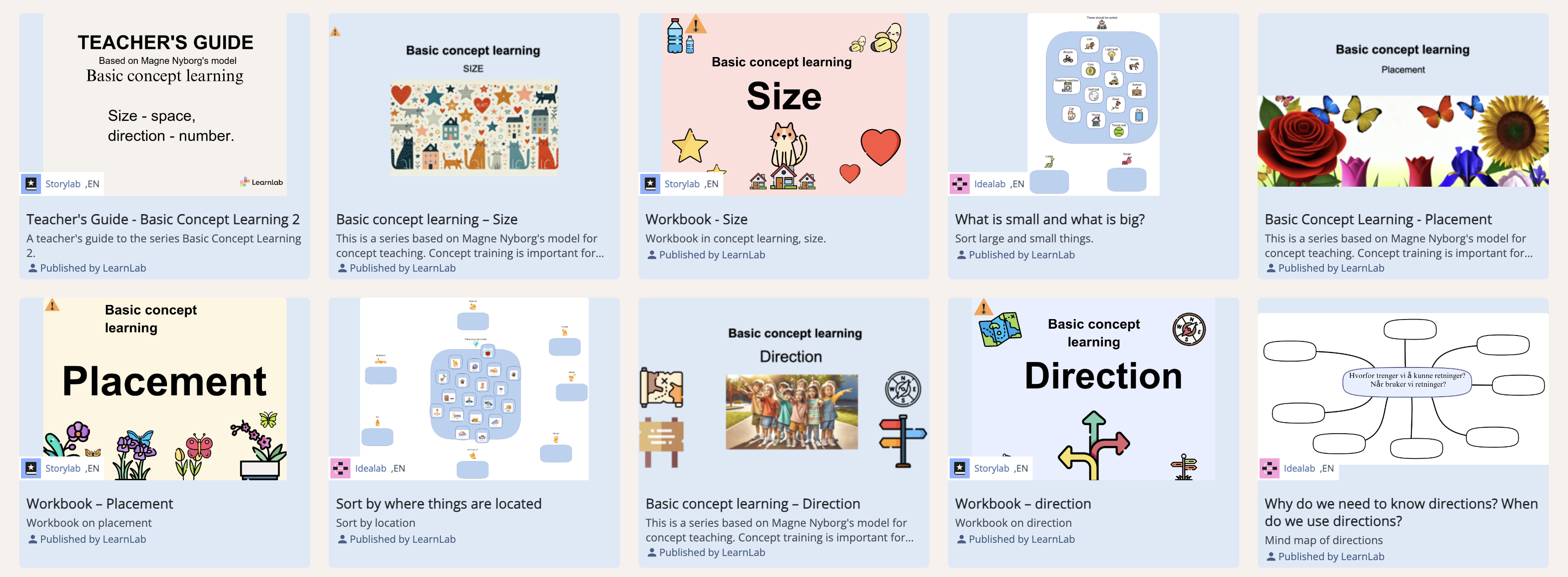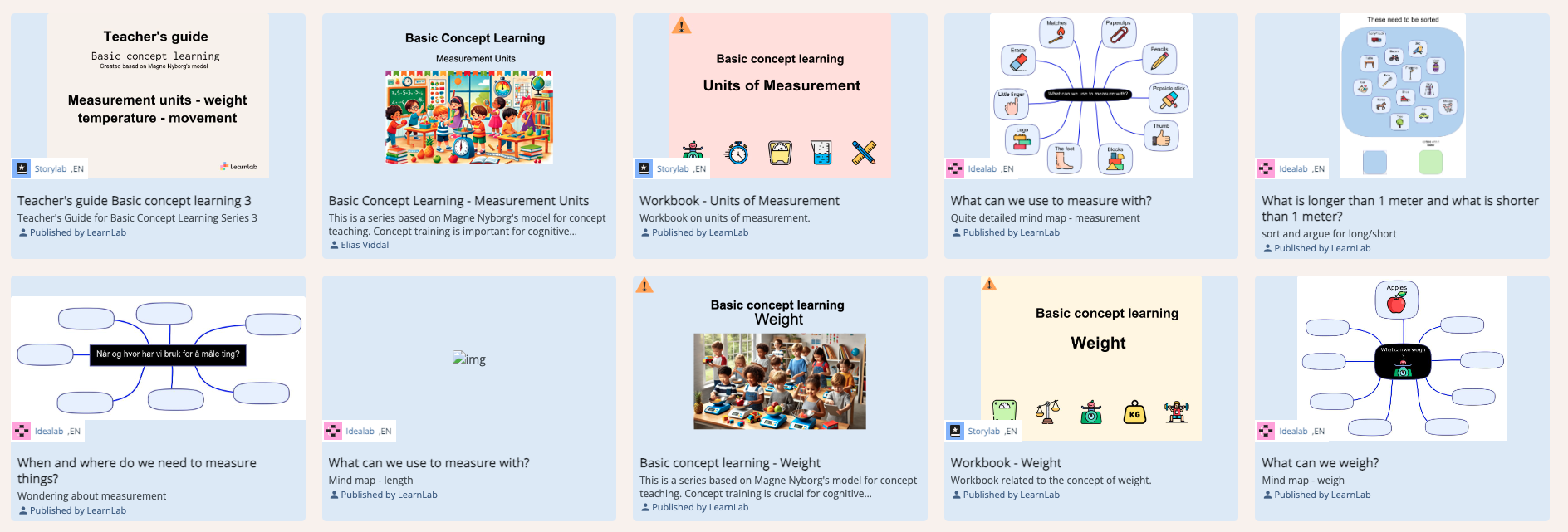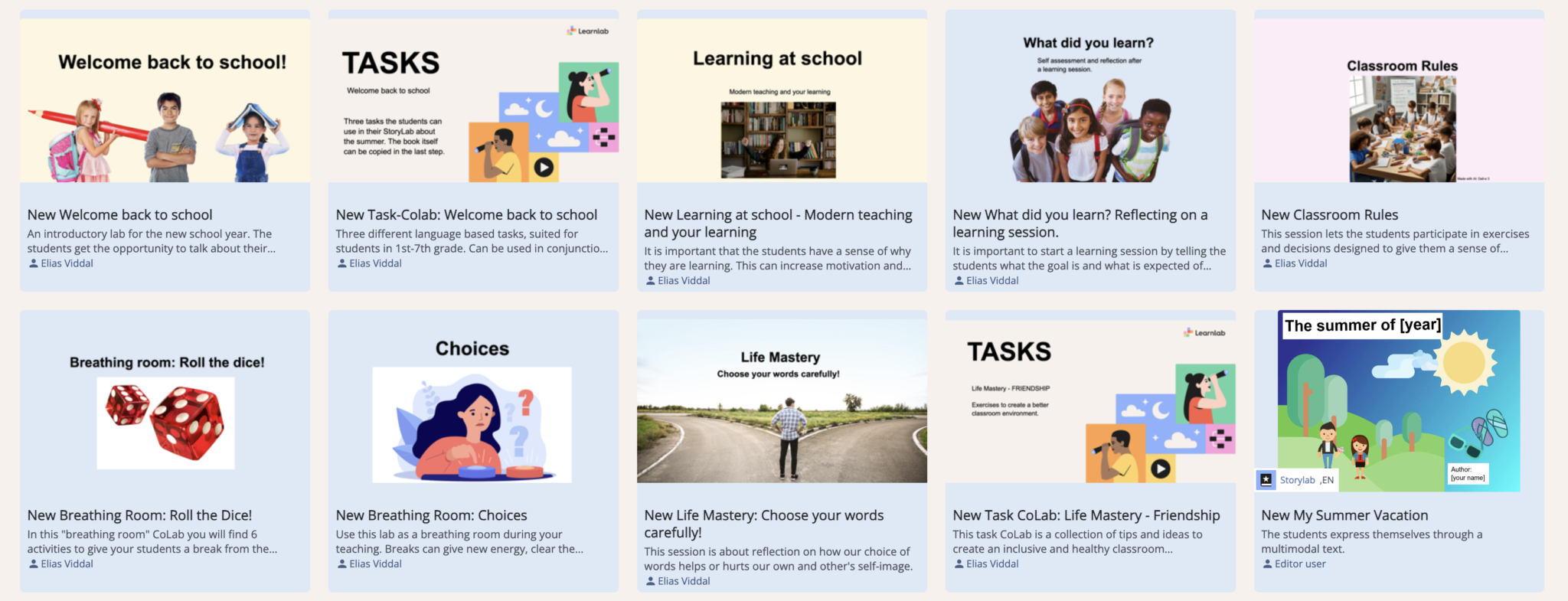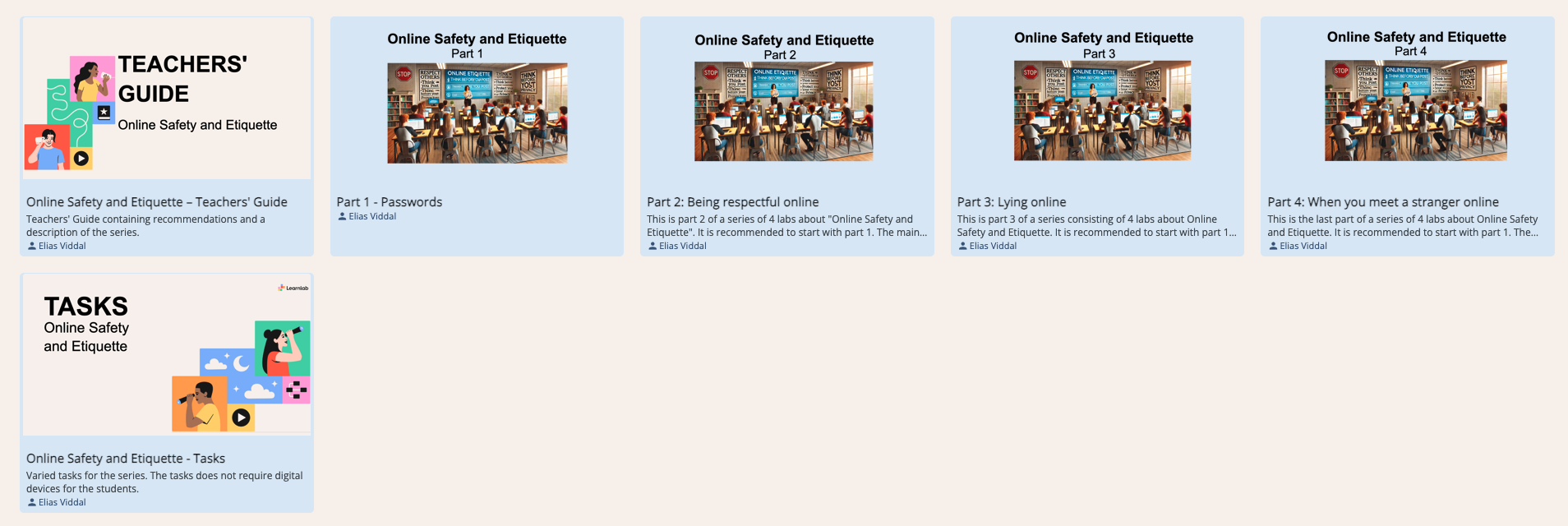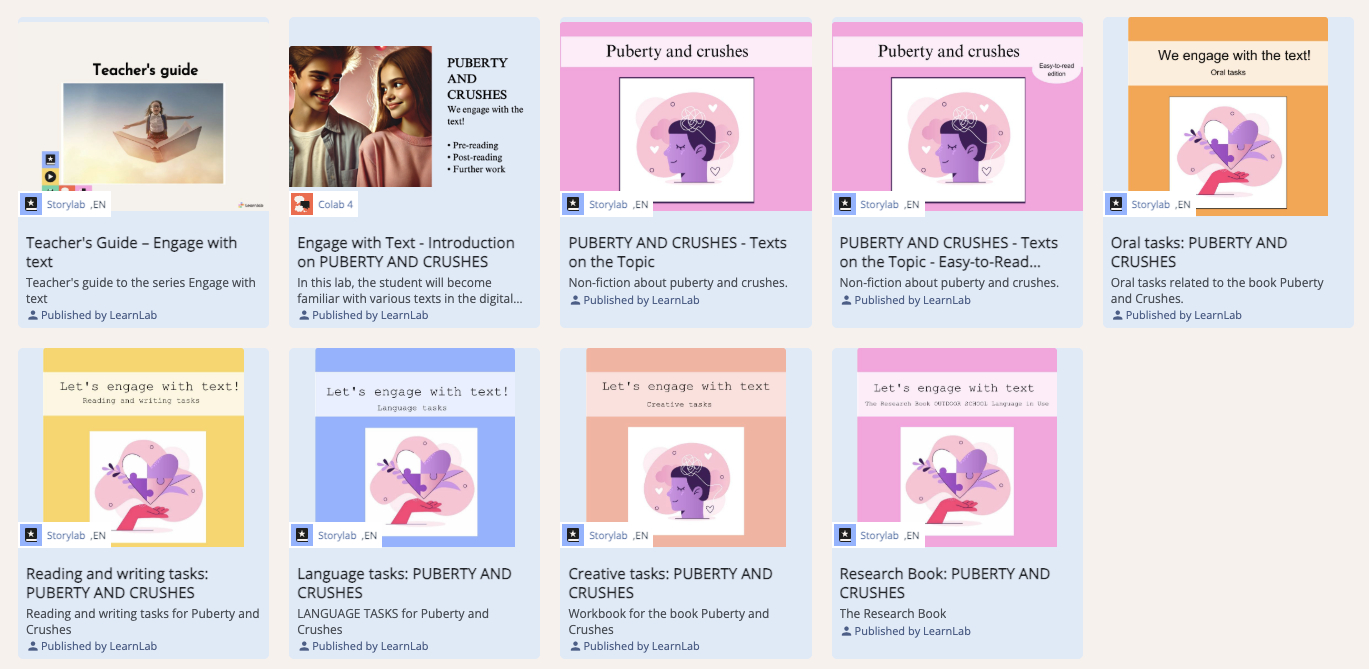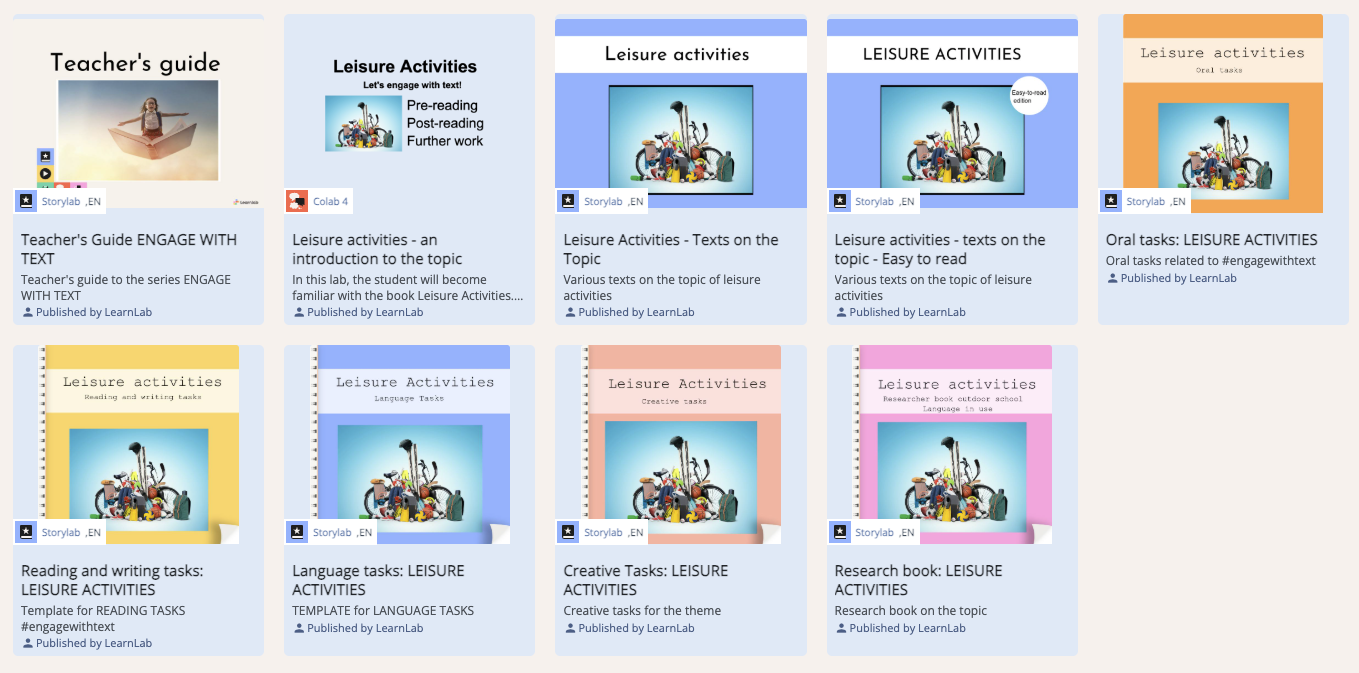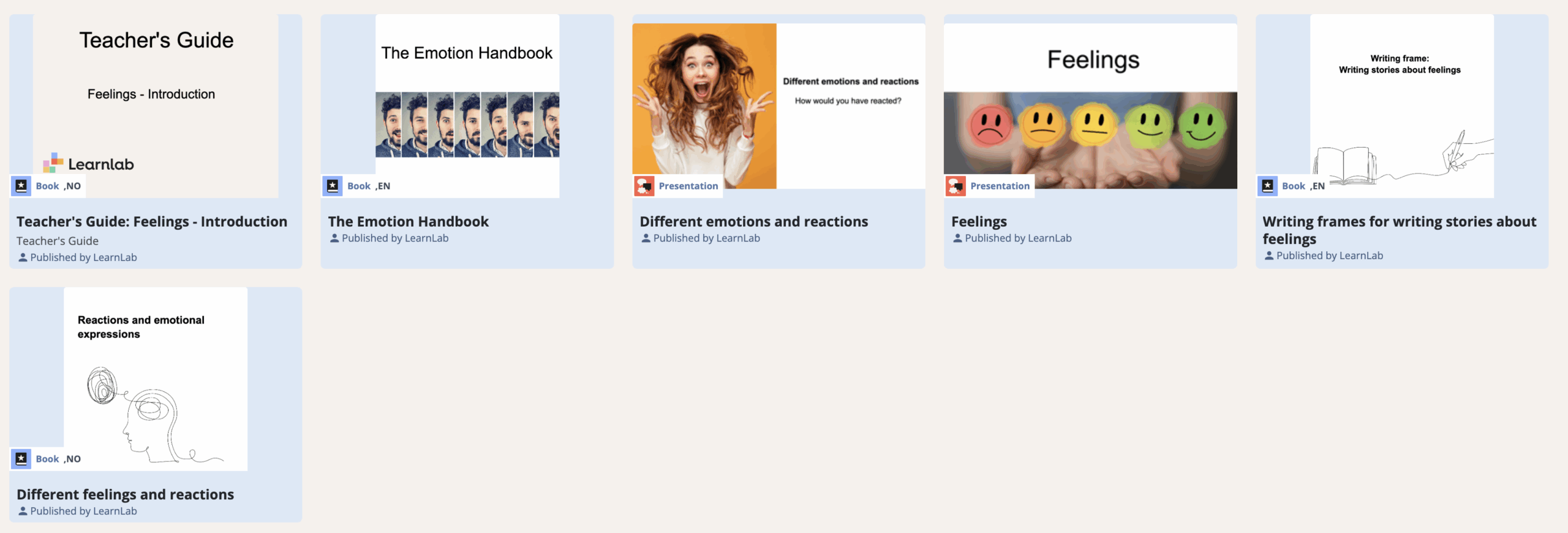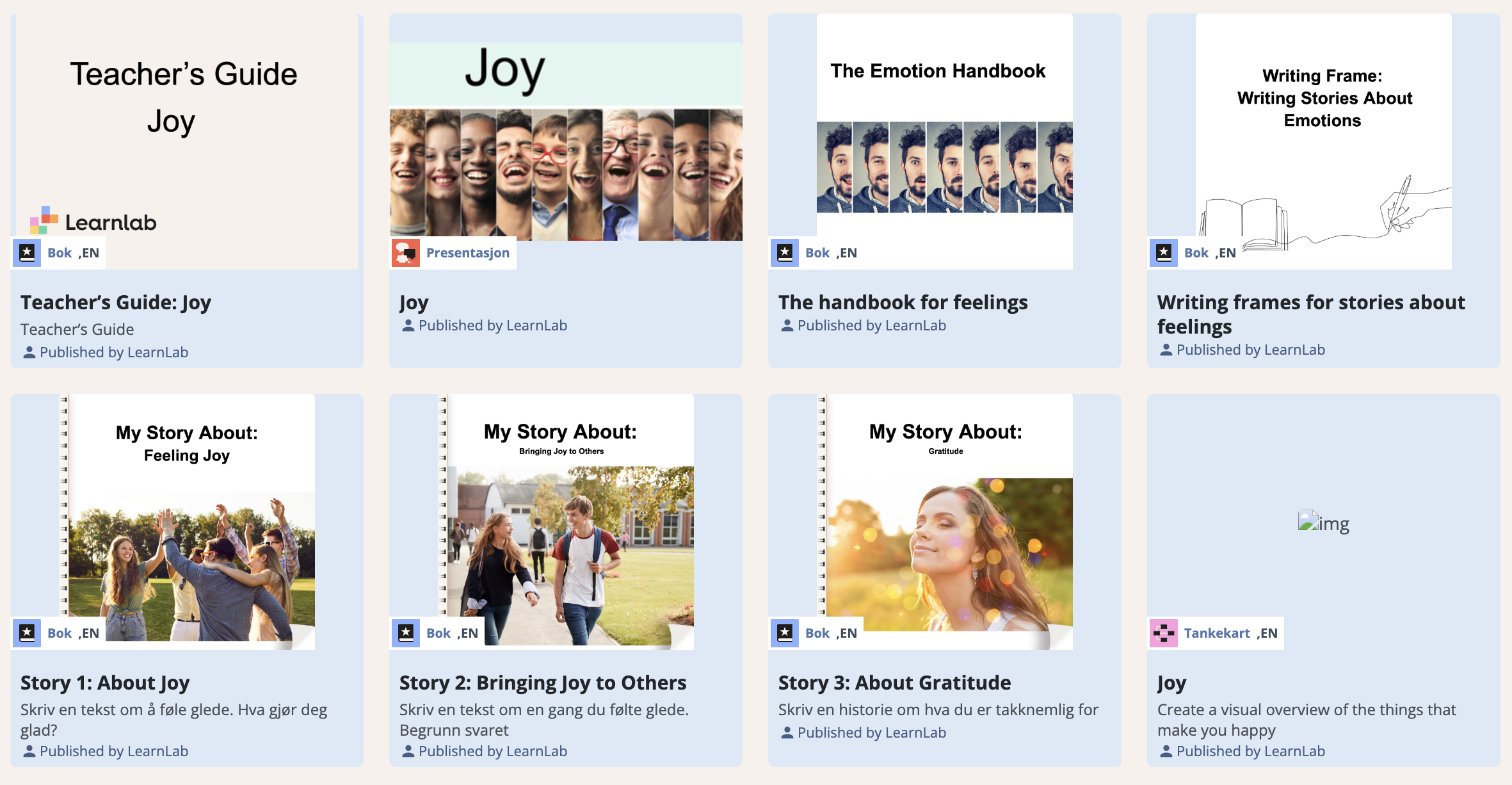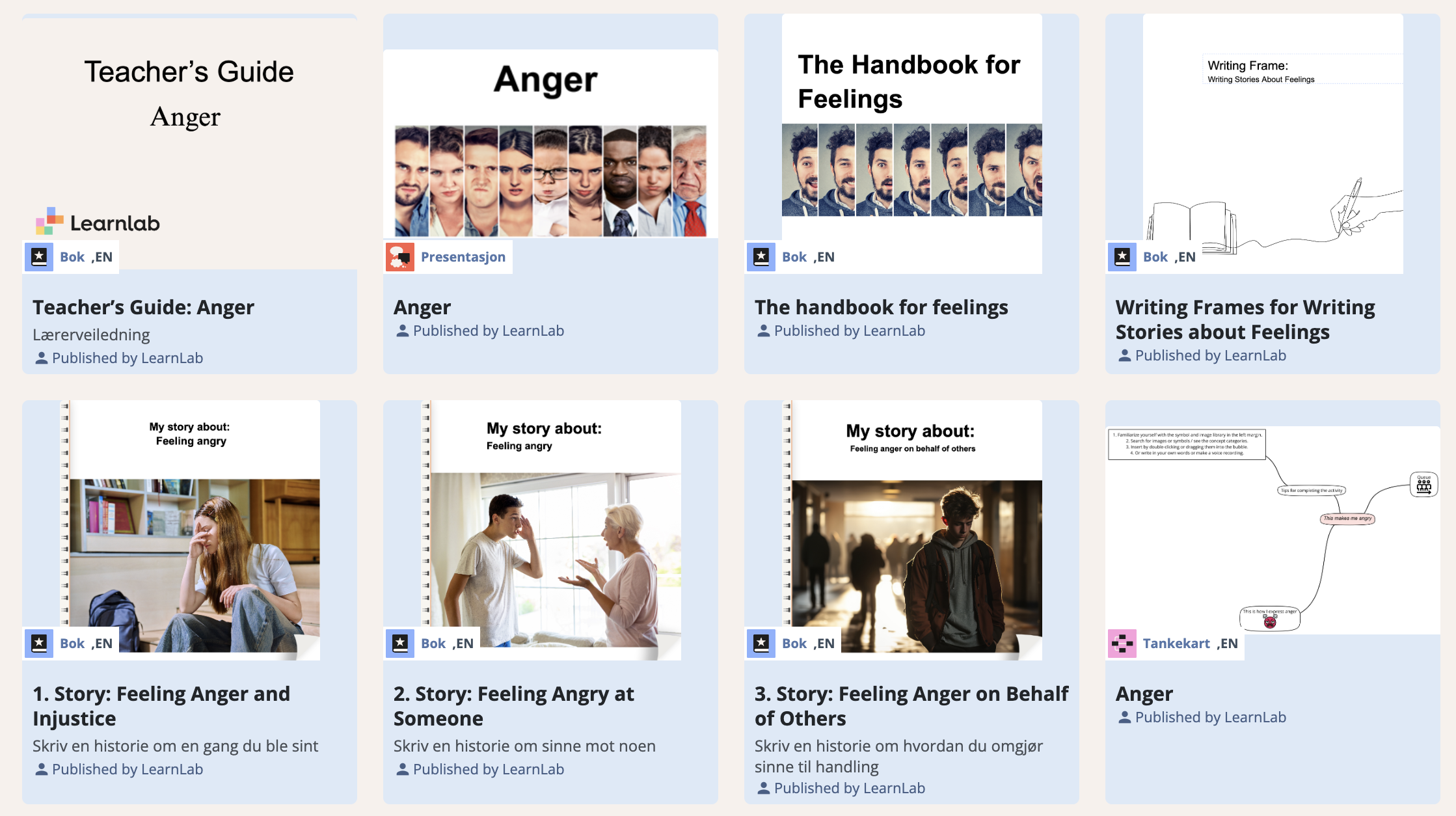Through working with basic feelings, students develop a vocabulary and conceptual framework that make it easier to express their own experiences, both in writing and orally. The resources encourage reflection, creativity, and a sense of mastery, and they build bridges between students’ personal experiences, the perspectives of others, and the Norwegian subject’s competence goals. The resources are universally designed, allowing students with developmental language disorders to participate on an equal footing with other students.

